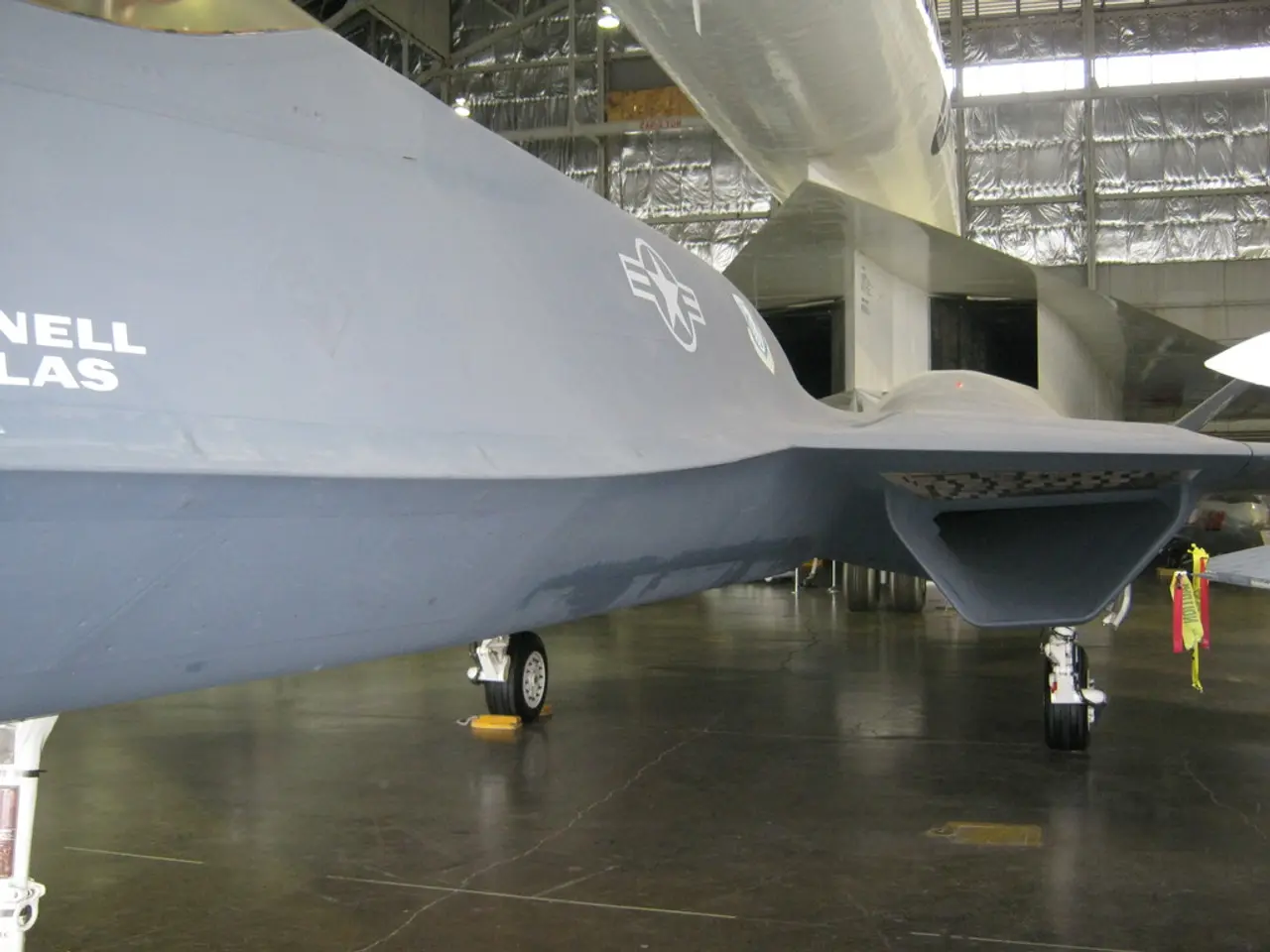China Prepared to Arm Pakistan with J-35 Fighters - Amidst Growing Aerial Power, Is India Lagging in the Skies?
India's defense establishment is reflecting seriously on its preparedness and future capabilities in response to China's advancements, particularly in the realm of stealth fighter deployment. This comes as China is set to equip Pakistan with its latest fifth-generation J-35 stealth jets, a move that signals a strengthening strategic alignment between Beijing and Islamabad.
The Chinese air force is already flying J-20 stealth fighters, and the arrival of J-35 fighters would mark the next major step in China-Pakistan defense ties. Pakistan already fields the J-10C, which is developed with Chinese support and fitted with long-range PL-15 air-to-air missiles. The upcoming J-35 acquisition would represent a leap in Pakistan's air force's technology that India currently does not match in terms of deployable stealth fighters.
Meanwhile, India's indigenous stealth program, the Advanced Medium Combat Aircraft (AMCA), aims to compete technologically with China’s J-20 but is still years away from operational deployment. The program faces significant technical and production challenges, particularly with engine development and aerospace engineering experience. India continues upgrading existing fourth-generation fighters (Tejas variants, Su-30MKI) to maintain readiness while pursuing the AMCA and evaluating foreign options like the Russian Su-57 and the American F-35. However, these foreign acquisitions face cost, politics, and technology transfer constraints.
India's fighter modernization is progressing steadily with large-scale upgrades and ambitious indigenous projects. The minimum requirement for India's Air Force squadron strength is 42, and plans target 42 squadrons and 450 fighters by 2035. However, India still faces delays in modernizing its fighter fleet. Over the last 10 years, India has inducted only 36 France-made Rafale jets. Plans to procure Russia's Su-57 fighters have also stalled, leaving India without a clear timeline for next-generation jet acquisitions.
The retirement of MiG-21s is expected to reduce India's Air Force squadron strength to 29, further exacerbating the gap between India and its adversaries. Experts believe that integrating advanced combat aircraft into India's fleet must now become a top priority.
In a surprising turn of events, President Donald Trump showed interest in selling F-35 jets to India, but New Delhi declined. Talks with the United States over F-35 jets did not progress, and India is now left grappling with the task of finding its own fifth-generation solution for its air force.
In conclusion, India's fighter jet modernization is progressing, but it lags behind China’s deployed stealth jets and Pakistan’s upcoming J-35 acquisition with China’s help. The need for India to accelerate its fighter modernization and focus on integrating advanced combat aircraft into its fleet is becoming increasingly urgent.
India's defense establishment recognizes the need to advance its technology in response to China's progress, particularly in stealth fighter deployment. The upcoming J-35 acquisition by Pakistan, with Chinese support, signifies a significant leap in Pakistan's air force's technology compared to India's indigenous stealth program, the AMCA, which is still years away from operational deployment.



